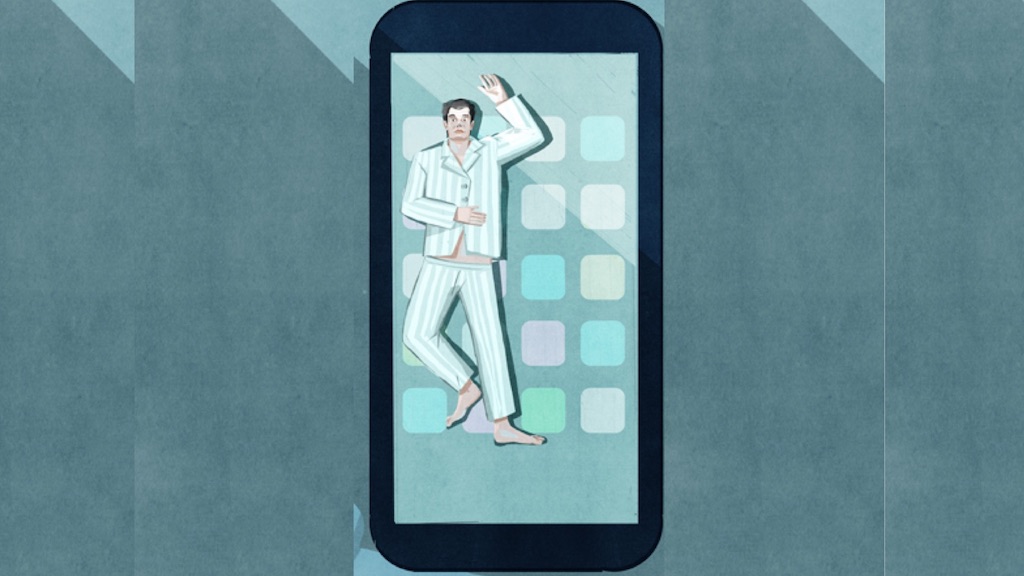Passive Sensing of Sleep Behavior & Circadian Disruptions

Persistent sleep and circadian disruptions can have severe consequences for our physical and cognitive performance, mental health and, overall well-being. However, in recent decades sleep and circadian issues are reaching an epidemic level. A recent article, for example, found that more than 70% of the population suffer from chronic circadian disruptions. To address these issues, it is crucial to understand how our behavior and context might influence our circadian stability.
However, data about our sleep and circadian disruptions from the real-world is rather scarce. While there have been exciting new findings about the biology of circadian rhythms, most of these studies have been performed in artificial settings, for instance, in labs where participants sleep with electrodes fastened to their heads. Understandably, these methods are not currently scalable. Till Roenneberg, a prominent chronobiologist, notes in a Nature article:
“We still do not have answers to the most basic questions […] To transform our understanding of sleep, a broad data-collection strategy is required”
In other words, we need in-situ and broad data collection strategies that can record real-time sleep and circadian data over a large population spanning various time-zones and geographical locations. Given that much of our daily behavior is now mediated through phones and the internet, in this work, we investigated how phone usage patterns along with other digital footprints can be used as a low-cost and scalable marker of sleep and circadian disruptions.
Papers
-
Saeed Abdullah, Mark Matthews, Elizabeth L. Murnane, Geri Gay, and Tanzeem Choudhury. Towards Circadian Computing: “Early to Bed and Early to Rise” Makes Some of Us Unhealthy and Sleep Deprived. The 2014 ACM International Joint Conference on Pervasive and Ubiquitous Computing (UbiComp 2014).
-
Elizabeth L. Murnane, Saeed Abdullah, Mark Matthews, Tanzeem Choudhury, and Geri Gay. Social (media) jet lag: How usage of social technology can modulate and reflect circadian rhythms. In Proceedings of the 2015 ACM International Joint Conference on Pervasive and Ubiquitous Computing and Proceedings of the 2015 ACM International Symposium on Wearable Computers (UbiComp 2015).